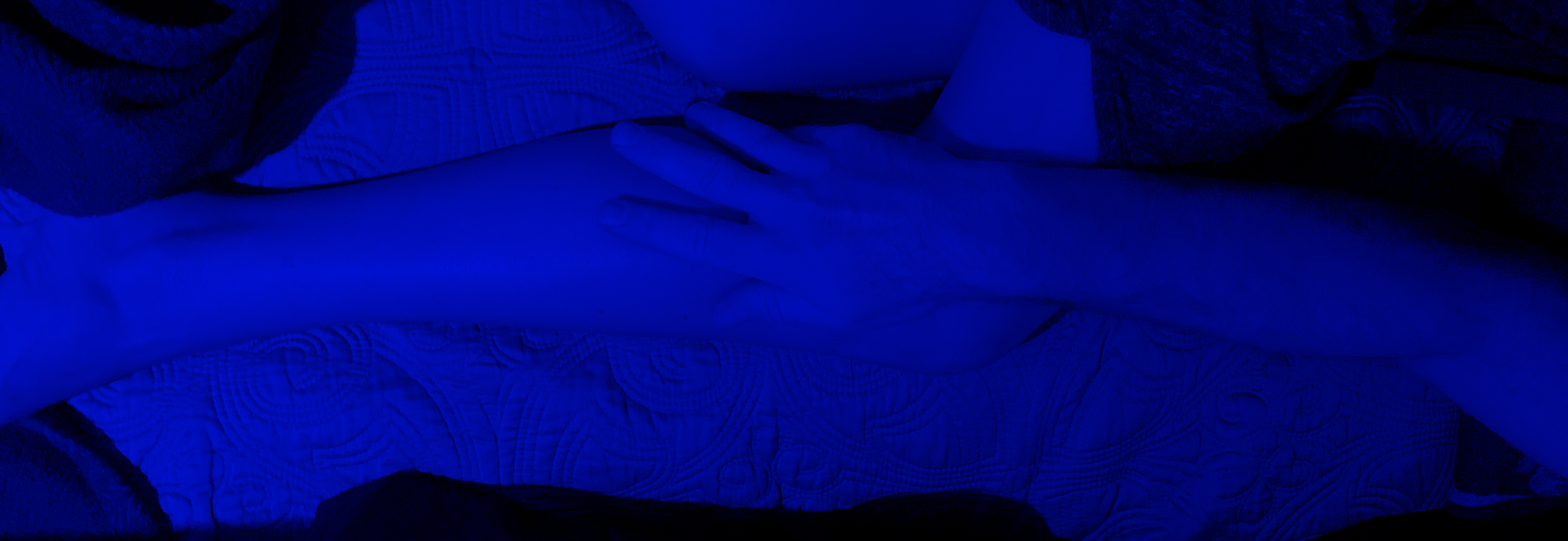What Is Dyspareunia?
Dyspareunia is the medical term for pain with intercourse. This can be present in both men and women. It is common to have pain during intercourse but it should not be thought of as normal or something you need to live with.
What Causes Dyspareunia? What Are Common Symptoms Of Dyspareunia?
There are many different things that can lead to painful intercourse, including dryness, increase tension in the pelvic floor muscles, skin disorders of the vulva, episiotomy scars, post-partum trauma, pudendal neuralgia, etc. The pain can be present on initial penetration, with deep penetration, during climax or even after intercourse is complete.
How Can Physiotherapy Help My Dyspareunia?
Since there are so many different reasons why you could be experiencing pain with intercourse, it is important to have a thorough assessment by a Pelvic Floor Physiotherapist to try to find the underlying/root cause(s). Fully understanding why there is pain present will help to better find a solution to decreasing the pain and, hopefully, making the act of intercourse much more pleasurable.
What Are The Best Exercises To Help With My Dyspareunia?
This will depend on the underlying reason for the pain. Sometimes it is as easy as finding the correct lubricant for you to use. Other times it can be more complex and learning how to relax or release your pelvic floor muscles through breathing and positioning.
To get started on managing your dyspareunia, check out the following exercise links:
Please keep in mind that these exercises were designed as a place to start to address your symptoms. These exercises should not be performed or continued if they cause or increase your pain in any way. Using these exercises for self-management of your symptoms does not replace the value of being assessed by a Health Professional. If you find you need help, let a Strive Pelvic Health Rehabilitation Physiotherapist help you, book your time today!
What Can I Do To Treat My Dyspareunia At Home?
Again, this will depend on the cause. Using a lubricant during intercourse may be beneficial. Also, foreplay to prepare the body for penetration may also be useful. Trying different positions during intercourse is also a possible solution that could help. Lastly, learning how to relax and release through the pelvic floor muscles and practicing this before being intimate may help decrease pain with penetration.

Written in 2020 by
Stephanie Gardonio
BPHE, BSc, MScPT
Pelvic Health Rehabilitation
Stephanie has curated a Physiotherapy tool box that allows her multiple points of view to meet her patients’ needs. She has taken courses in the McKenzie Method for assessing and treating spinal conditions. She has completed mat and reformer Rehabilitative Pilates courses through Stott Pilates, training she uses to create customized exercise programs. Understanding the roll of the pelvic floor in the effective treatment of low back pain, sacroiliac joint dysfunction, bowel and bladder dysfunction and during a women’s journey from pre-natal to post-natal, she has completed Pelvic Health Rehabilitation courses. She is qualified to perform internal assessment and treatment of the pelvic floor.


